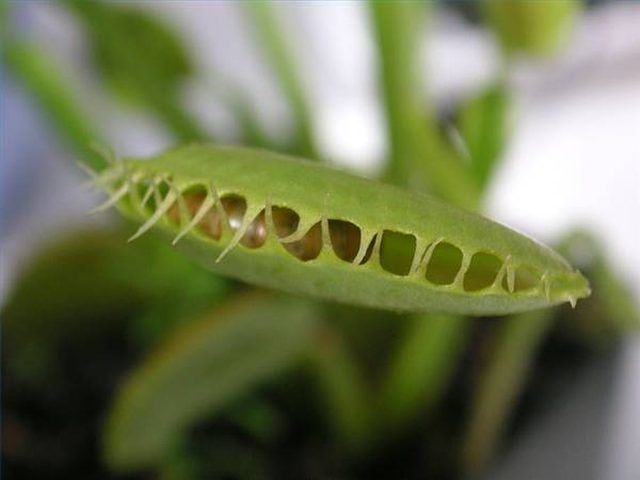Bulbs
Flower Basics
Flower Beds & Specialty Gardens
Flower Garden
Garden Furniture
Garden Gnomes
Garden Seeds
Garden Sheds
Garden Statues
Garden Tools & Supplies
Gardening Basics
Green & Organic
Groundcovers & Vines
Growing Annuals
Growing Basil
Growing Beans
Growing Berries
Growing Blueberries
Growing Cactus
Growing Corn
Growing Cotton
Growing Edibles
Growing Flowers
Growing Garlic
Growing Grapes
Growing Grass
Growing Herbs
Growing Jasmine
Growing Mint
Growing Mushrooms
Orchids
Growing Peanuts
Growing Perennials
Growing Plants
Growing Rosemary
Growing Roses
Growing Strawberries
Growing Sunflowers
Growing Thyme
Growing Tomatoes
Growing Tulips
Growing Vegetables
Herb Basics
Herb Garden
Indoor Growing
Landscaping Basics
Landscaping Patios
Landscaping Plants
Landscaping Shrubs
Landscaping Trees
Landscaping Walks & Pathways
Lawn Basics
Lawn Maintenance
Lawn Mowers
Lawn Ornaments
Lawn Planting
Lawn Tools
Outdoor Growing
Overall Landscape Planning
Pests, Weeds & Problems
Plant Basics
Rock Garden
Rose Garden
Shrubs
Soil
Specialty Gardens
Trees
Vegetable Garden
Yard Maintenance
How to Care for a Venus Flytrap Plant
How to Care for a Venus Flytrap Plant. What makes the Venus Flytrap so amazing is the sheer fact that it's carnivorous. These special plants eat insects by catching them in their traps and slowly digesting them over a period of time. Small hairs on the trap alert the plant when a bug has entered so it can snap closed. The Venus Flytrap is native to...

What makes the Venus Flytrap so amazing is the sheer fact that it's carnivorous. These special plants eat insects by catching them in their traps and slowly digesting them over a period of time. Small hairs on the trap alert the plant when a bug has entered so it can snap closed. The Venus Flytrap is native to North and South Carolina in the bogs and marshes and duplicating their habitat can be difficult, but not impossible. These special plants require particular care.
Keep your Venus Flytrap in a warm area such as a sunny windowsill or terrarium. Venus Flytraps do well in best in warm humid areas, so if you live in a humid climate, it may even do well outside.
Feed your Venus Flytrap as often as you deem necessary. These plants can go for a very long time without eating bugs as long as their soil is kept moist. Venus Flytraps know the difference between live bugs and dead ones and are not as accepting of the dead food. They may open their jaws the next day and it will still be untouched. It takes a Venus Flytrap about a week to digest one bug. While they don't need bugs to survive and grow, they will grow much faster if they have them. During the first two years of life, they do not need any bugs at all.
Place your Venus Flytrap in a cool area so that it can become dormant in the winter. This plantlike hibernation is good for the plant. You can place your Venus Flytrap in the refrigerator or outside as long as there is no frost. It is important not to let the plant become frozen as this may kill it. Put the plant in a bag and keep the soil moist during the winter. In the spring, take the plant out, unwrap it and place it back in the warm sunshine.
Use caution when replanting your Venus Flytrap. Do not do this in the fall or during the first two years of the plant's life. The soil that they come in has all the nutrients they need and if you replant them, those nutrients will be lost.
Groom your Venus Flytrap as you see fit. If there are blackened leaves they will take care of themselves in time by falling off. If you intend to remove them, do so very carefully so as not to harm the green tissue parts of the plant.
Tips & Warnings
Experiment with your Venus Flytrap to find suitable food for it. If a certain type of insect causes the leaf to turn black and die, then don't feed it that kind again. Eventually you will find a suitable type of bug for your plant.
Keep the soil damp, but do not overwater your Venus Flytrap as this may kill them.
Venus Flytraps need sunlight and can die without it. Make sure that your plant receives adequate sunlight.